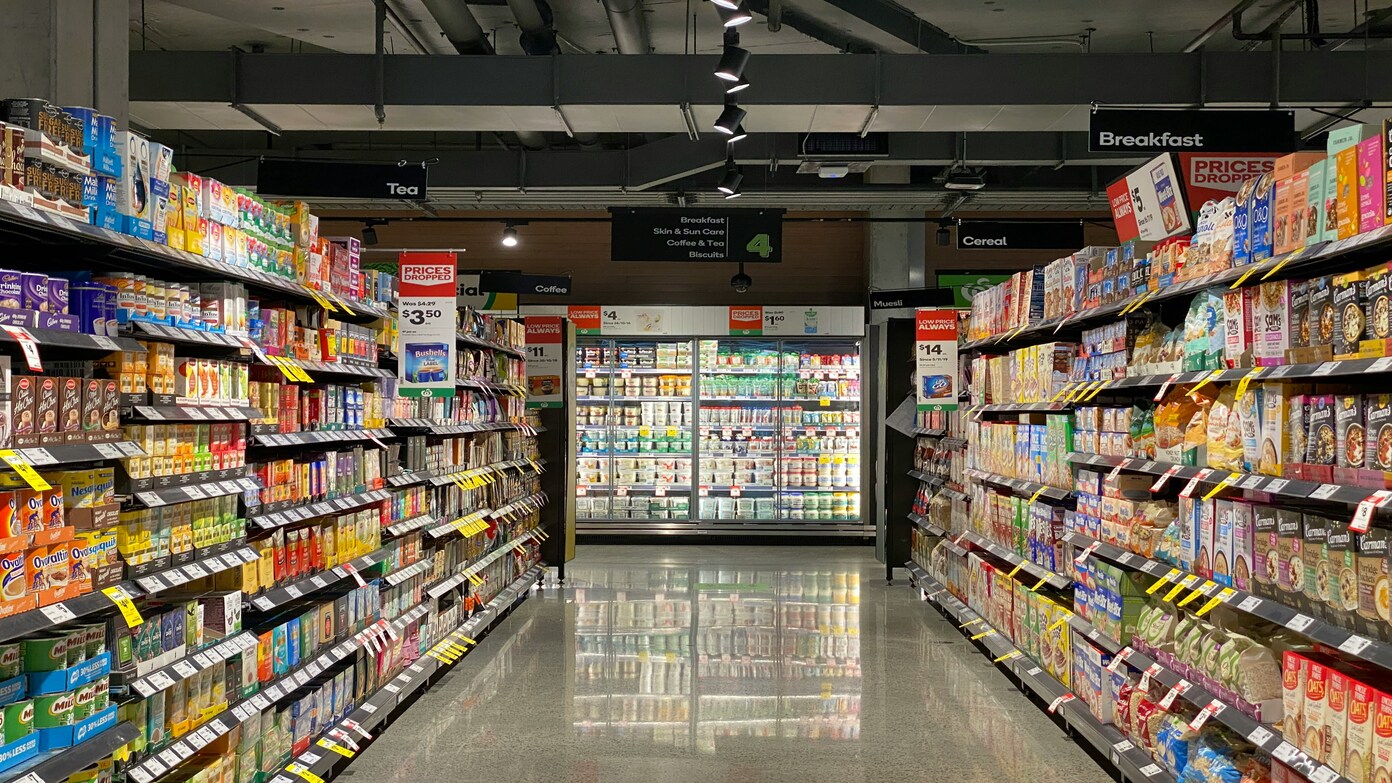If you’re a Kroger or Kroger-affiliated store customer, a major shift is coming your way. The company just announced that it’s closing about 60 stores across the U.S. in the next 18 months. That’s about 2% of its total supermarket stores. While the full list of affected stores isn’t yet publicly available, here’s everything we know so far, presented in a way that’s easy to consume.
Why is Kroger closing so many stores?
The closings are part of a broader restructuring to cut underperforming stores. The closed stores are spread across the country and aren’t bringing in enough money to justify staying open, Interim CEO Ron Sargent has said. On a June 20 investor call, Sargent stated the move should bring “a modest financial benefit” to the company.
So in other words? Kroger is trimming the fat—removing stores that are dragging down profits.
Read this much later: Can vitamins, dietary supplements and medicines be purchased with SNAP Payment benefits and what is covered by Food Stamps?
What is an earnings report? Understand Nvidia’s latest earnings report
How much will you pay each month for a $1,600,000 mortgage?
What is the ‘Ring Test’, the infallible method to detect if a valuable dollar coin is counterfeit
How to get kids interested in investing and what products might be appropriate
What does Kroger plan to do with the savings?
Instead of just pocketing the cash, Kroger says it will reinvest those savings into improving the “customer experience.” That might equate to prettier shopping spaces, more efficient service, or perhaps greater digital and delivery capabilities.
The retailer has spent between $3.6 billion to $3.8 billion in capital expenditures this year to build new stores, renovate others, and expand in areas that are doing well.
What happens to the employees?
Here’s the one positive note: No one’s being left out in the cold—at least, not if Kroger has anything to say about it. All of the employees at the closing stores will be invited to work at other nearby Kroger locations. Whether that’s a viable solution for every employee (based on how far the next-closest store is) is yet to be determined, but it’s preferable to layoffs with no safety net.
A rocky year for Kroger
This announcement comes after two previous rounds of corporate layoffs this spring. Those cuts aimed at non-store personnel—people behind the scenes working in marketing, logistics, or tech departments. Kroger described it as part of “team restructures” to streamline how it operates.
Also fueling the tumult: long-time CEO Rodney McMullen suddenly resigned in March amid an internal ethics investigation. Interim CEO Ron Sargent stepped in, and the company is still searching for a permanent replacement.
Where are the 60 stores?
That’s the big unknown right now. Kroger hasn’t released the full list of stores that are closing. Erin Rolfes, a spokeswoman for the company, said in an email to USA TODAY that they’re not ready to put that out yet.
But here’s the deal: if you are a Kroger customer, especially in a market where the company has many stores, it might be worth monitoring local news. Some of the shutdowns will likely be revealed in community news as the company notifies city officials or applies for permits.
In case you didn’t know.
Kroger is America’s largest traditional supermarket chain, running more than 2,700 stores and employing 409,000 individuals. Its banners don’t just consist of Kroger, but also Ralphs, Fred Meyer, King Soopers, Fry’s, and several others, based on where you live.
What to look for next
There is not much you can do until you get a list of the stores that are closing—especially if your local store is busy. But if you have been noticing fewer customers or long-term maintenance issues at your Kroger, that store might be one to watch.
And if you are one of the thousands of employees, now might be a good time to talk over your options with your store manager in case your store is on the block.
Let me know if you’d like to get a heads-up as soon as the store list comes out—I’ll be keeping an eye out.

